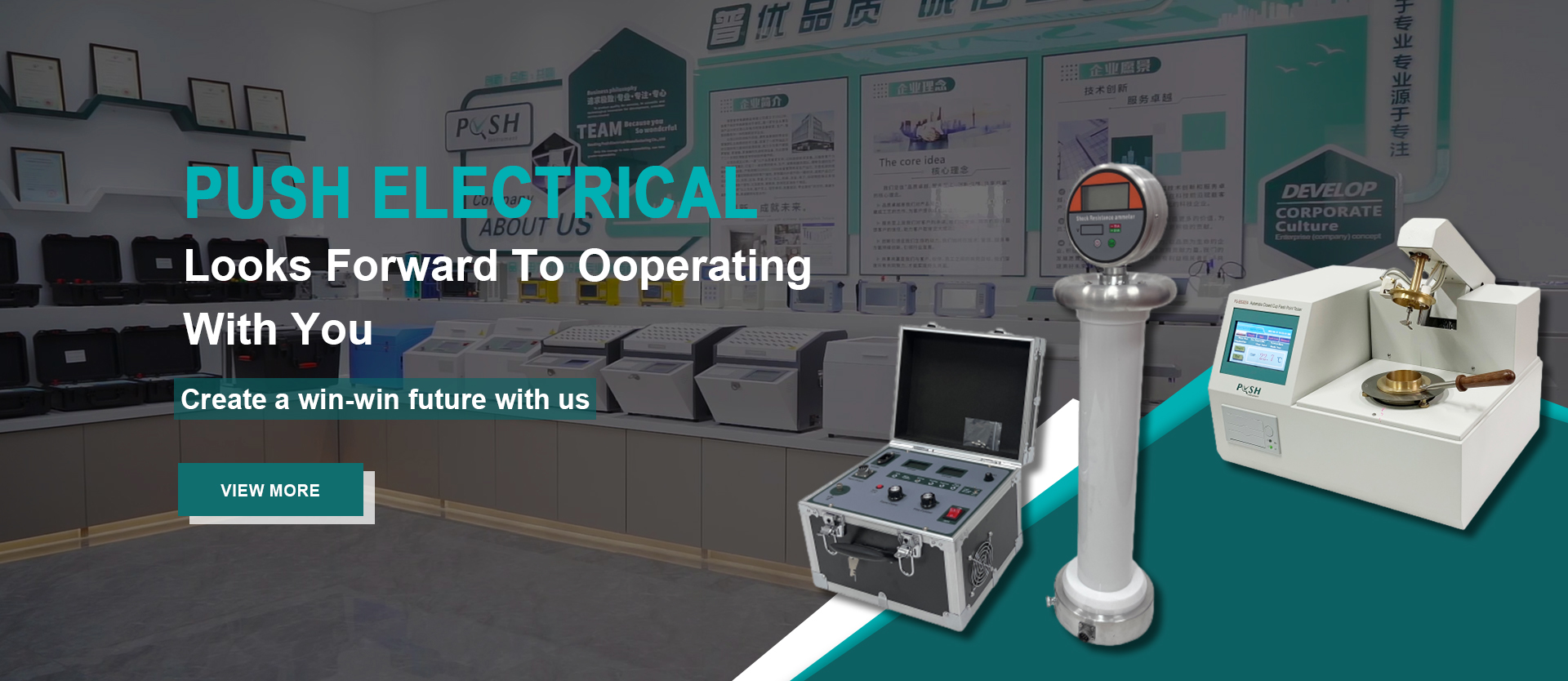 English
English


Understanding the Essential Components and Functionality of Gas Chromatography Equipment in Analytical Science
Gas Chromatography Equipment An Overview
Gas chromatography (GC) is a powerful analytical technique widely used for separating and analyzing compounds that can be vaporized without decomposition. This method is especially valuable in various fields such as environmental monitoring, food and beverage analysis, forensics, and petrochemical industries. The efficiency and sensitivity of gas chromatography largely depend on the equipment used, which typically consists of several key components.
1. Sample Injection System
The sample injection system is crucial for introducing the sample into the gas chromatograph. There are various methods for sample injection, including split and splitless techniques. The split injection allows a small portion of a sample to enter the column, while the rest is vented away. This is advantageous for samples of high concentration. In contrast, splitless injection introduces the entire sample into the column, making it ideal for trace analysis. Modern gas chromatographs often include heated injection ports to ensure consistent vaporization of the sample.
Capillary columns are the heart of gas chromatography. They are long, narrow tubes lined with a stationary phase that interacts differently with the various components of the sample, causing them to separate as they travel through the column. The length, internal diameter, and stationary phase of the column can be tailored for specific applications. Various stationary phases, including polar and non-polar types, influence the retention times of different compounds, thus affecting analysis outcomes.
3. Carrier Gas
gas chromatography equipment

The carrier gas is the medium that transports the sample through the column. Common carrier gases include helium, nitrogen, and hydrogen. The choice of carrier gas can significantly affect the sensitivity and resolution of the analysis. Helium is frequently used due to its inert nature and excellent thermal conductivity, but hydrogen offers faster analysis times and better efficiency at the cost of higher flammability risks. The carrier gas must be of high purity to avoid contamination and ensure reliable results.
4. Detector
Detectors play a vital role in gas chromatography by identifying and quantifying the compounds as they elute from the column. Various types of detectors are available, each with its advantages and limitations. The Flame Ionization Detector (FID) is the most commonly used, offering high sensitivity for organic compounds. Other detectors include the Thermal Conductivity Detector (TCD), which can detect both organic and inorganic substances, and the Mass Spectrometer (MS), which provides structural information about the compounds. The choice of detector depends on the specific requirements of the analysis.
5. Data Analysis System
A modern gas chromatography system is equipped with sophisticated software for data acquisition and analysis. The software facilitates the interpretation of chromatograms, allowing users to identify peaks corresponding to different compounds and quantify their concentrations. Advanced programs also support methods such as retention time locking and calibration curves, simplifying complex analyses.
Conclusion
In summary, gas chromatography is an indispensable technology for the separation and analysis of volatile compounds across various industries. The success of this technique is significantly influenced by the quality and configuration of the gas chromatography equipment, which includes the sample injection system, capillary columns, carrier gas selection, detectors, and data analysis systems. As technology advances, gas chromatography continues to evolve, offering improved sensitivity, faster analysis times, and greater versatility for researchers and industry professionals alike. Whether it's in pollution control, quality assurance in food production, or medical diagnostics, the role of gas chromatography equipment remains crucial in ensuring accurate analytical results.
-
Differences between open cup flash point tester and closed cup flash point testerNewsOct.31,2024
-
The Reliable Load Tap ChangerNewsOct.23,2024
-
The Essential Guide to Hipot TestersNewsOct.23,2024
-
The Digital Insulation TesterNewsOct.23,2024
-
The Best Earth Loop Impedance Tester for SaleNewsOct.23,2024
-
Tan Delta Tester--The Essential Tool for Electrical Insulation TestingNewsOct.23,2024





